Nate O’Brien is an online content creator who makes YouTube videos that explain how to save money, start a business, and change your life to change your finances.
And one of his more recent videos, entitled “Why It Costs More to Be Poor,” where O’Brien digs into several reasons why low-income Americans spend more than the wealthy, has become a viral sensation.
The USA’s Current Poverty Statistics Are Shocking

Before diving into O’Brien’s explanation, it’s first important to understand just how many Americans are currently living at or below the poverty line and exactly what that line is.
According to the US Census Bureau, 11.5% of Americans were living below the poverty line at the end of 2022. That’s 37.9 million people whose households collectively make less than $29,678 per year.
Many More Americans Are Considered Low-Income
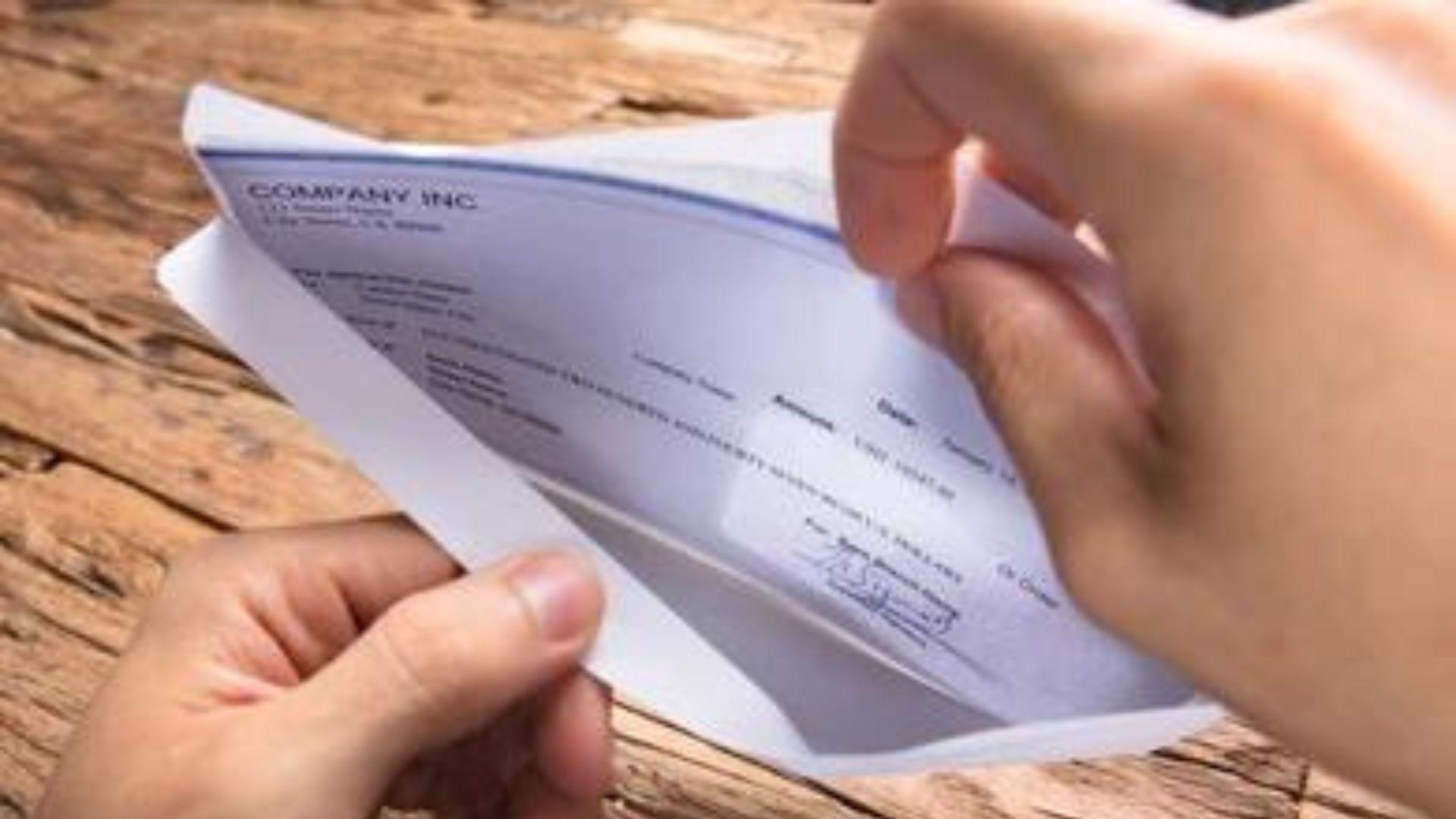
Additionally, there are tens of millions of Americans who do not sit below the poverty line but are considered low-income.
Technically, a low-income household is one that makes 50% or less of the median income of their city or state. For example, the median income in California is $91,905, so even someone who makes $45,000 in San Francisco would be considered a low-income earner.
Nate O’Brien Argues There Are Many Ways in Which the Poor Pay More
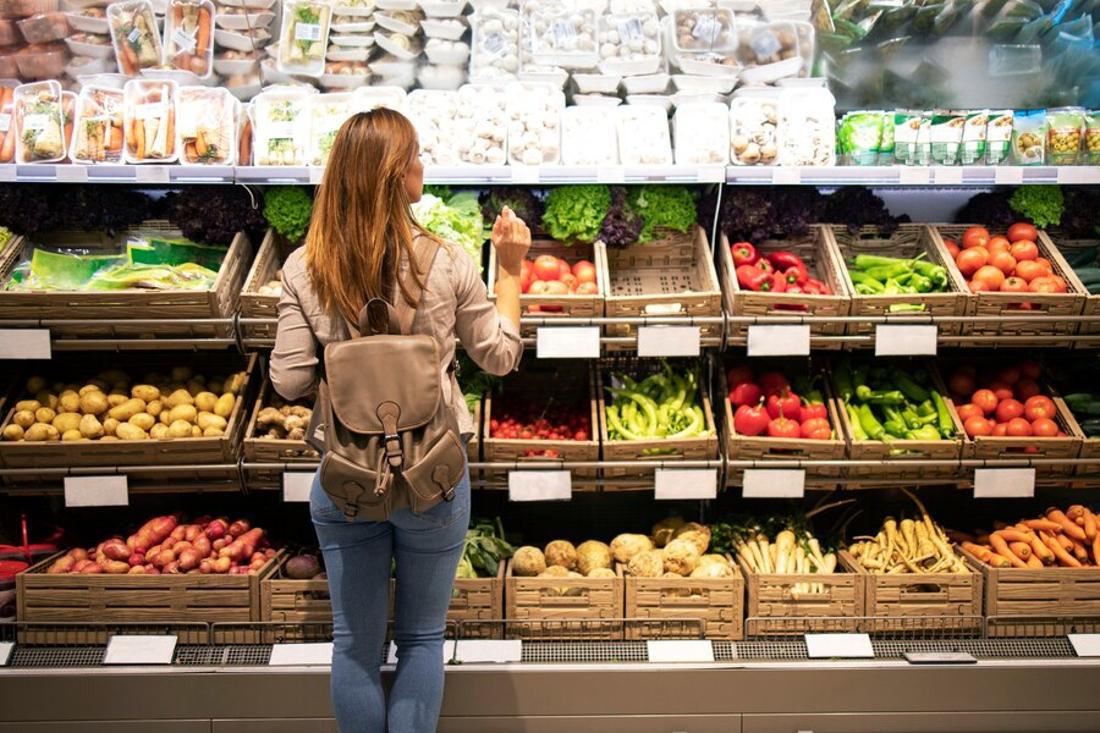
In Nate O’Brien’s 12-minute YouTube video, he explains there are several ways in which low-income or poor Americans pay more to live than others.
Starting with the country’s ever-increasing cost of food and, more specifically, the lack of affordable grocery stores in impoverished areas.
Grocery Stores Avoid Low-Income Areas
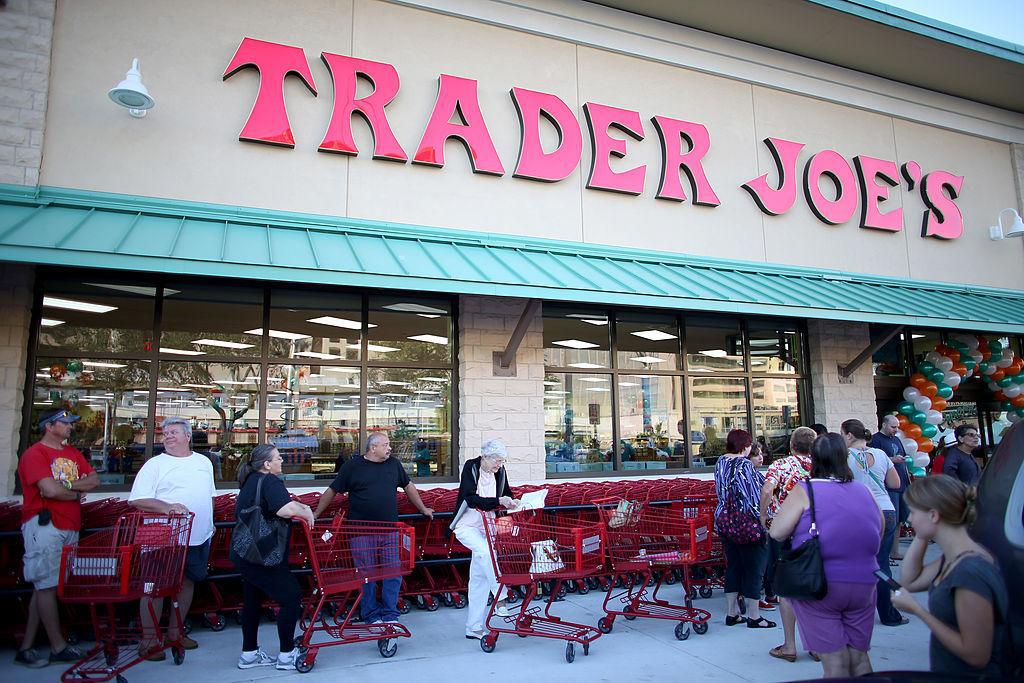
O’Brien notes that grocery store brands such as Trader Joe’s and Costco intentionally avoid setting up shop in low-income areas. However, these companies offer the most competitive prices for their products.
Without a grocery store nearby, many Americans are forced to buy their food products at corner stores or gas stations, where the prices are much higher.
Comparing Food Costs
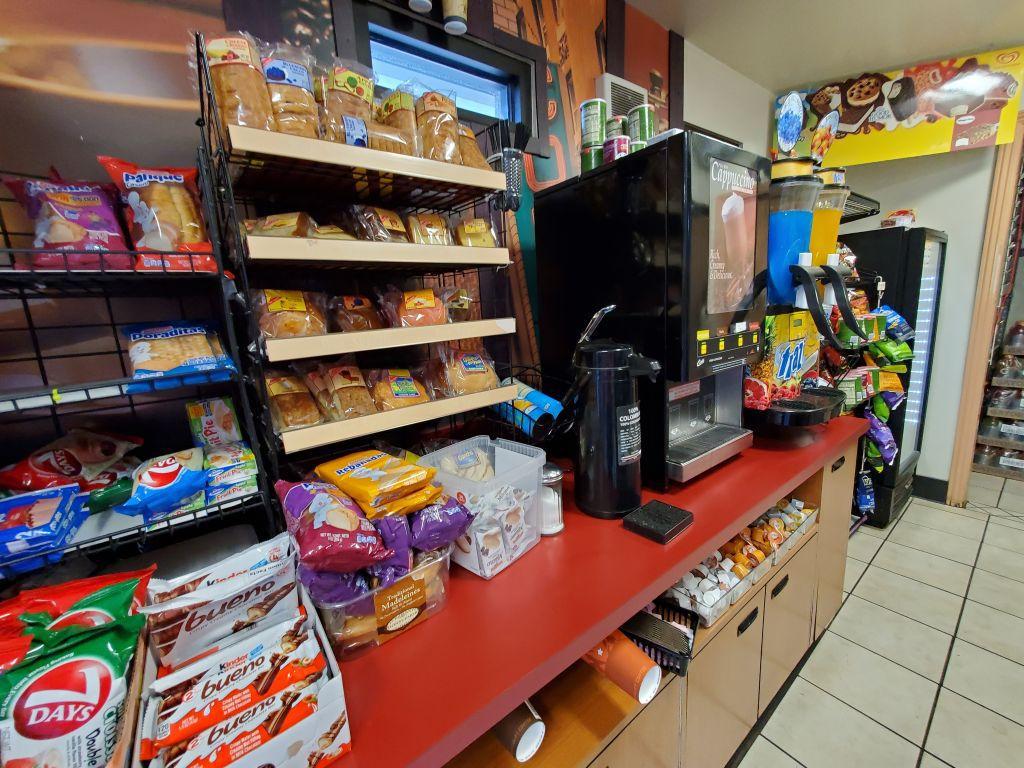
In the video clip, O’Brien shares a survey that shows a box of Cheerios is only $4.82 at a grocery store and $7.41 at a corner shop.
Peanut butter jumps from $3.00 to $3.89, and a gallon of milk from $3.54 to $4.05. And while these differences may seem slight, they certainly add up over time, costing low-income Americans much more to feed their families.
Banks Make Billions on Those Living Paycheck to Paycheck
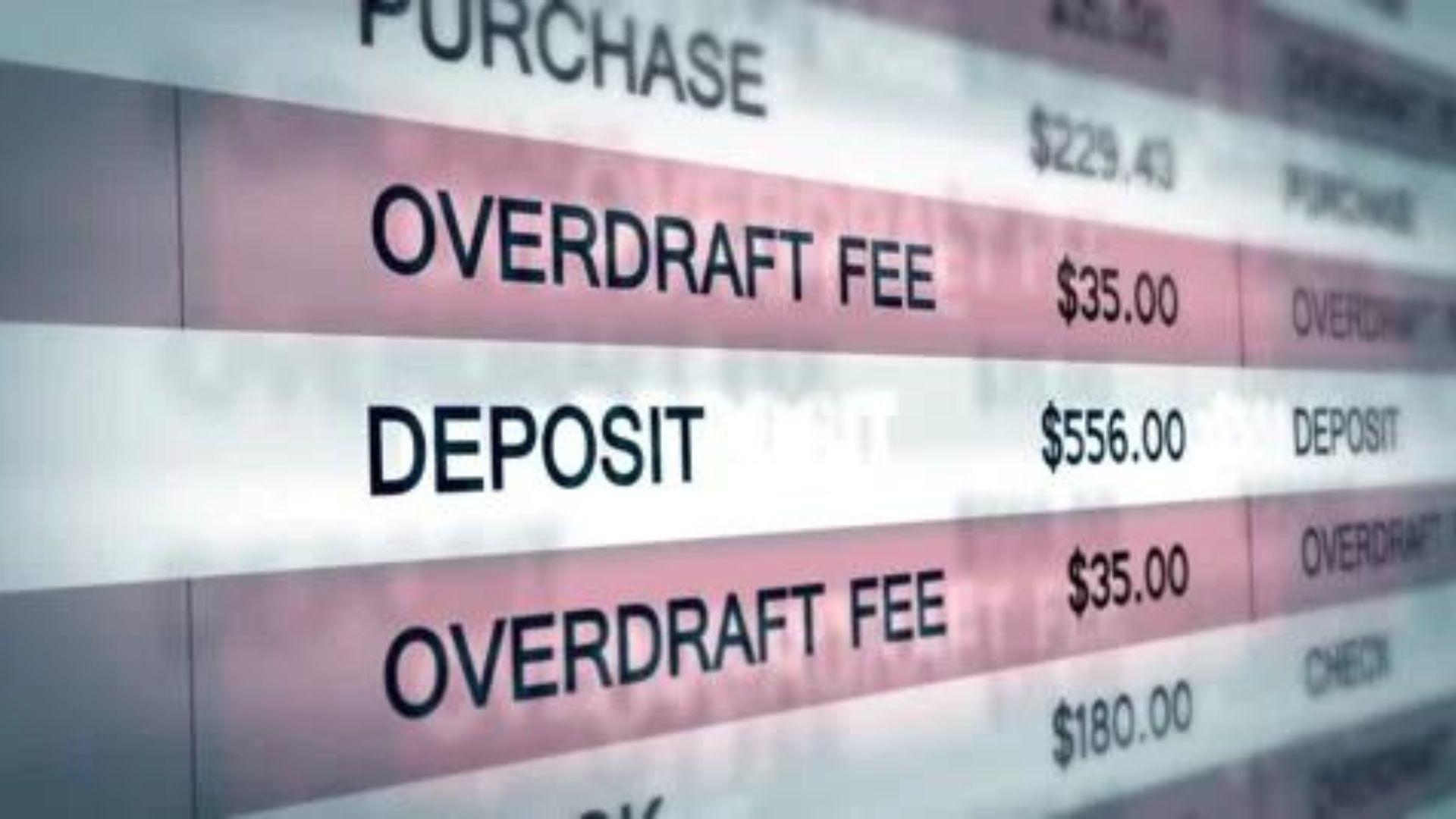
The vast majority of banks charge an overdraft fee of around $35. So, those who are cutting it tight before every paycheck often end up paying more to get by.
The young financial expert also notes that, according to the Consumer Finance Protection Bureau, banks made $10 billion in overdraft fees in 2021. This highlights the fact that while poor Americans are struggling to get by, the rich are just getting richer.
Tickets in the USA Are Increasing
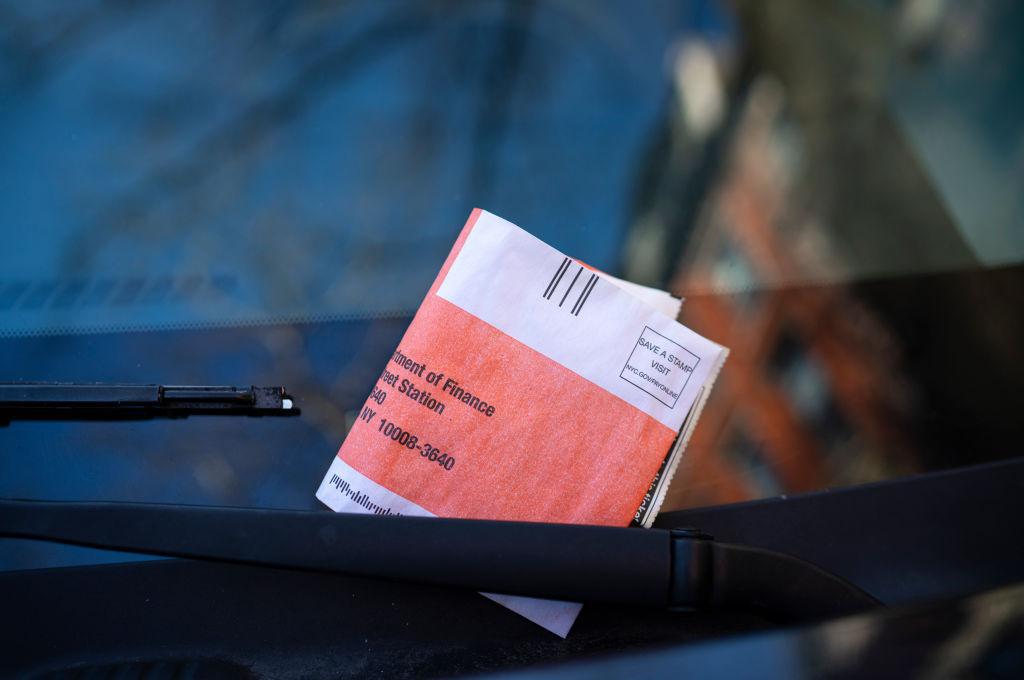
Another aspect of the American system that O’Brien discusses is the cost of getting a parking or speeding ticket.
These days, a parking ticket can set someone back a whopping $100, which is frustrating for everyone but can be devastating for someone who either has to overdraft, skip the groceries, or even go to court because they simply don’t have $100 to give the state.
Additional Taxes Make a Big Difference
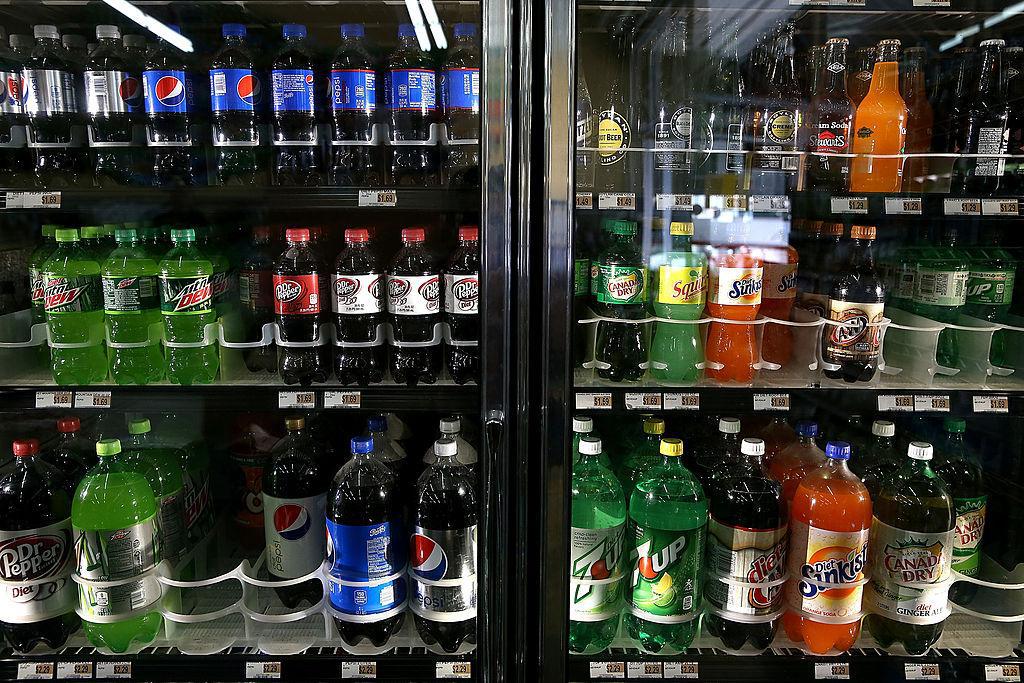
Everyone pays certain federal and state taxes to live in the United States, but Nate O’Brien notes some additional taxes that may not affect the rich certainly do take a toll on low-income families.
He specifically notes the Philadelphia soda tax, which was put in place in 2017 in order to encourage consumers to cut back on sugar intake. However, the extra 1.5 cents on every ounce of sugar means the average American is paying far more for a cold soda at the end of the day.
Credit and Debit Card Fees Add Up
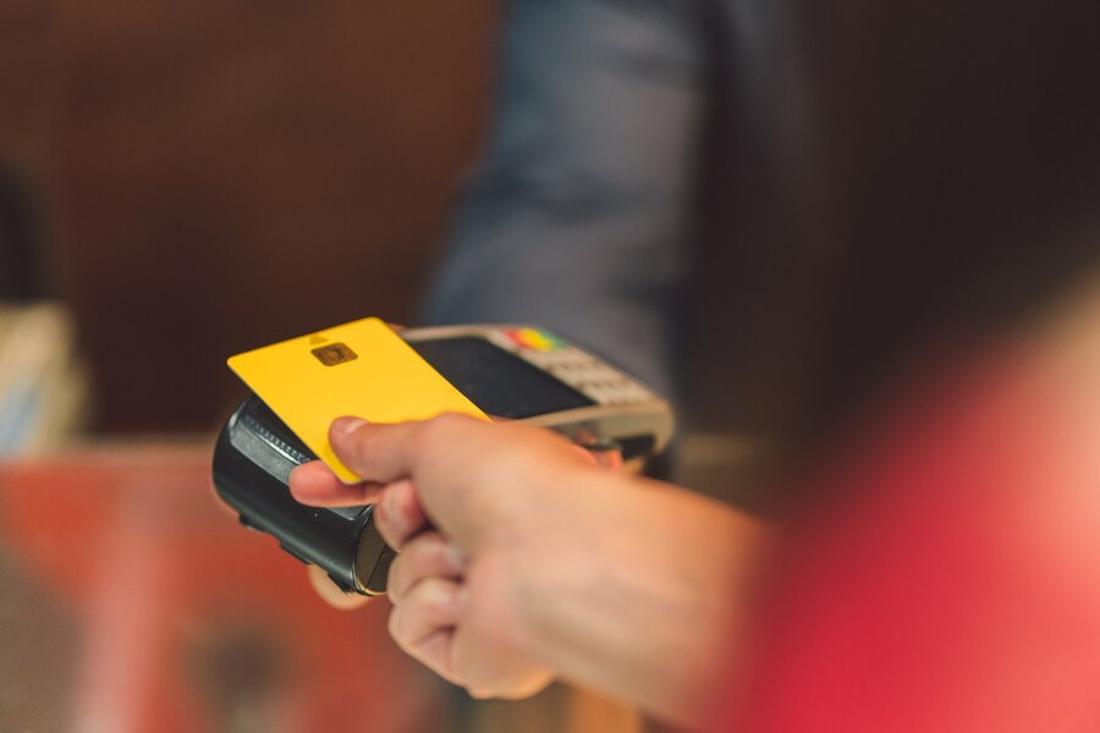
Many Americans don’t realize that most retailers and restaurants charge a credit and debit card service fee. And often, these fees aren’t added at the end but simply included in the item’s price.
So, while all Americans are paying more for their items, wealthy card holders usually qualify for credit cards that offer cash back or rewards for their purchases, while those using cash or a debit card pay extra and get nothing in return.
Short-Term Loans Have Much Higher Fees
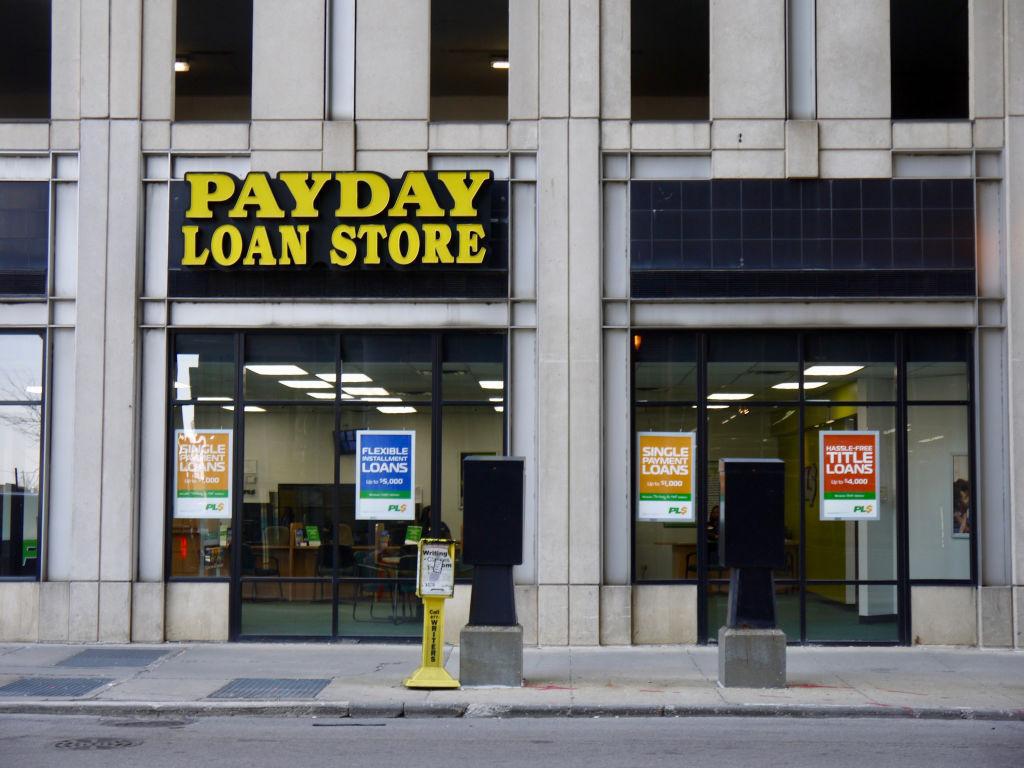
Upper class Americans are far more likely to receive a standard loan from a bank when in need. But lower-income earners are often forced to rely on payday lenders, as their credit score is typically too low to qualify.
And these payday loans can charge as much as 500% APR for a loan that only lasts a few weeks. In this case, struggling Americans are paying much more to just cover their bills than the wealthier population.
Finding an Affordable Home Is Getting More Challenging Every Day

Although Nate O’Brien doesn’t mention it in his video, it’s also important to note that lower-income families also struggle to mortgage a home, especially in the current housing market.
And as rent prices are constantly increasing, loans are less available or have higher rates for low-income earners, food gets more expensive, and all the other reasons O’Brien noted, it does seem that it costs more to be poor in America.
